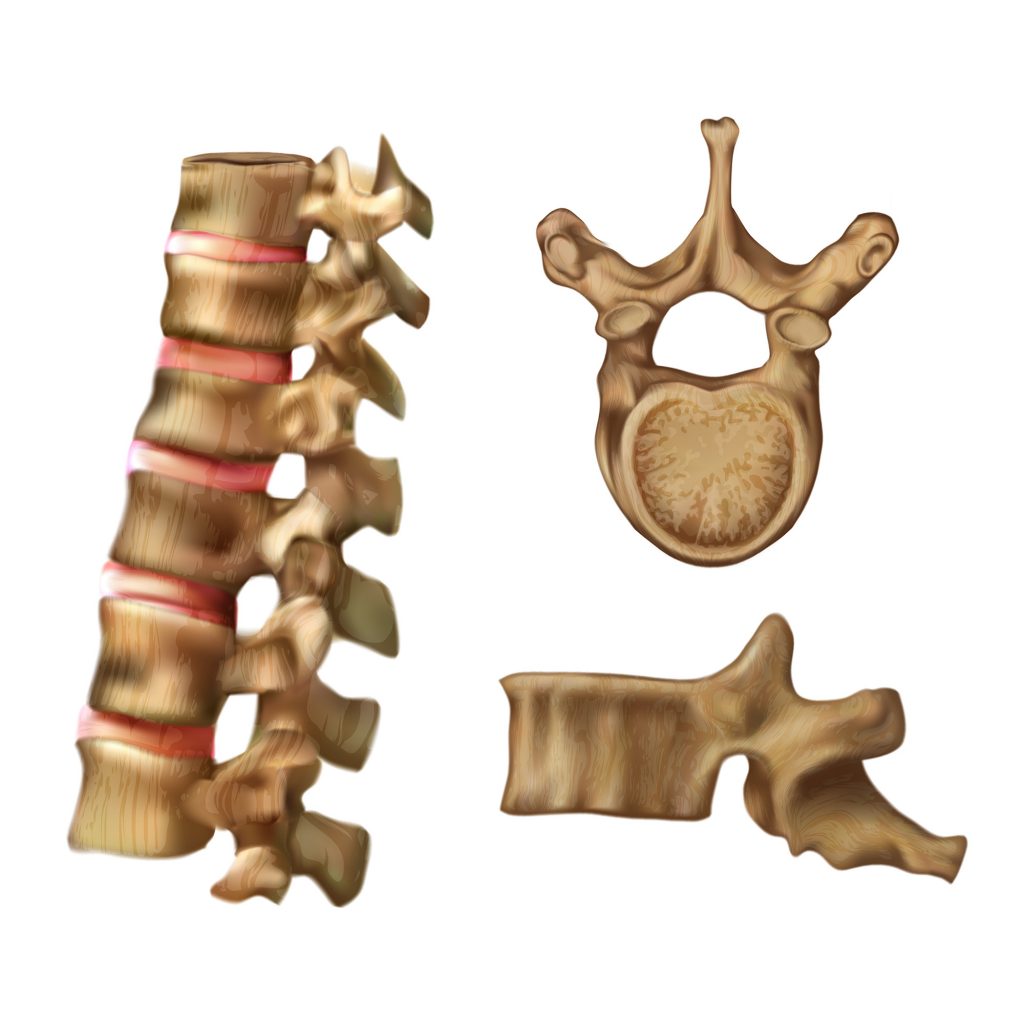
Vertebrates Animals with Backbones


Vertebrates Objectives
-
Diagram bone structure and identify major types of bones found in vertebrate animals.
-
Describe the characteristics of species in Class Rodentia and identify rodents based on provided evidence.
Vertebrates are animals that share similar shaped bones that can be used as a form of indirect evidence.
In an upcoming guide we will look at bones as a form of evidence of owl diet.
The same basic bones are found across vertebrate groups, differences in size and shape are used to identify species.

Homologous structures, or homologies, in animals have similar ancestry and similar structure.
Limbs in vertebrates are homologous, as are the vertebrae protecting the spinal cord.

Vertebrates have vertebrae, a series of bones that protect the spinal cord. This large vertebral bone is from a cow.
The video demonstrates some of the homologous bones shared by whales and humans.
Guides can be used to identify animals bones in the field.
The bones we find have typically been cleaned of soft tissue by scavengers.
The larvae of dermestid beetles, a type of carrion beetle scavenger, can be maintained as a colony to remove flesh from bones. They are used to produce clean, intact skeletons for educational and display use.
This video shows the colony being set up.
One month later, the colony is not thriving, and a carcass is added to feed the larvae.
Note: all dead birds used in the course are found in that condition.
Rodents
About 40 percent of mammalian species are rodents, and rodents are found on all continents except Antarctica. Find out more about these successful species.
Rodents are found in ground burrows, in trees, and some species like the beaver are semi-aquatic. Sizes range from small mice to the large capybara.
Rodents have continually growing incisor teeth that they use to gnaw food, dig tunnels, and defend themselves.
Most rodent species are small with short limbs and a long tail.
Wear a mask if there is a possibility of fecal materials that could be pulverized and become airborne. This is particularly a concern in regions with Hantavirus.
The largest rodent is the capybara of South America, they can weigh up to 140 pounds.
They are relatives of significantly smaller guinea pigs.
Although some rodents like the capybara and guinea pig eat leaves (grass blades) and beavers eat plant stems, most rodents eat seeds.
Squirrels and many other species stash seeds in reserve, sometimes utilizing smell and memory to retrieve cached food months later.
This is a space under a bird feeder in Bend Oregon, high in the Cascade Mountains.
How many species do you see?
It could be tempting to say the largest rodent was the parent of the smaller individuals, but these are two different species. The larger organism is a ground squirrel, the smaller individuals with stripes along the sides of their heads are chipmunks. These species both eat seeds and have similar burrows, resulting in frequent interspecific competition.
This is a ground bird feeder on the South Oregon Coast.
How many species do you see?
There is a squirrel, chipmunk, and rats. These rats are different than the Rattus norvegicus used as pets and lab animals, this is Rattus rattus. Rats have a different body shape, tail, and markings than the squirrels and chipmunks. They also eat a more omnivorous diet.
Another characteristic of rodent species is that they are typically highly social, which is why most pet rodents are best kept in pairs or small groups.
Our rats are introduced as part of this module’s Mendelian Genetics lab.
Rodent identification can be based on direct evidence like observing the stripes on a chipmunk’s head and also indirect evidence like tracks and scat. The next guide expands on using evidence to identify species.
This is the end of the Classification Guide. This material along with the accompanying lecture and next Identification Guide are assessed on the weekly quiz.

Check your knowledge. Can you:
-
diagram bone structure and identify major types of bones found in vertebrate animals?
-
describe the characteristics of species in Class Rodentia and identify rodents based on provided evidence?



